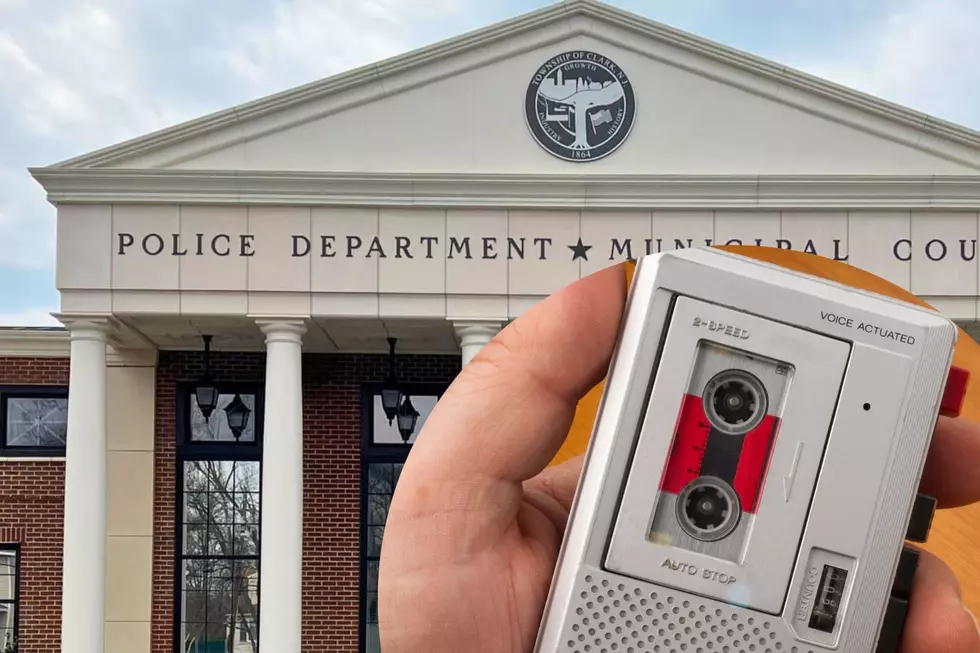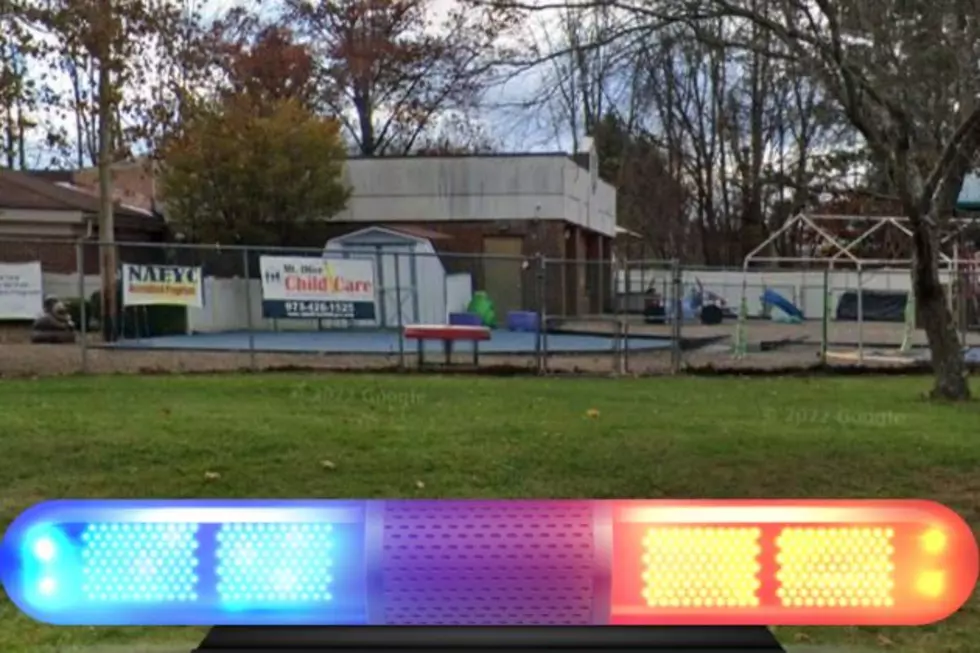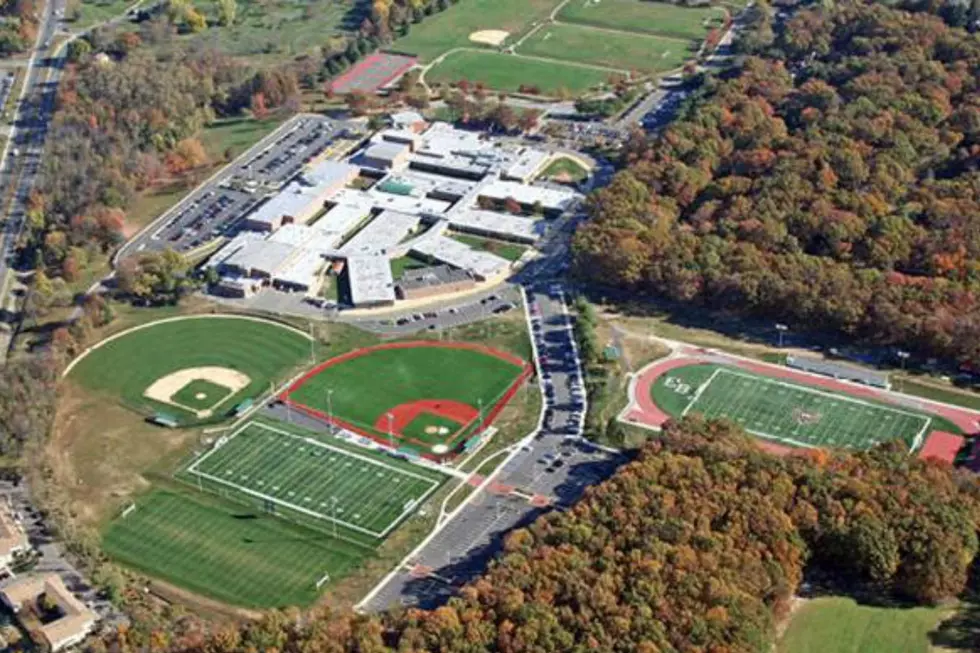
NJ has the second oldest active hawk watch in North America
🔴 Hawks are currently in migration in NJ
🔴 The best place to see them is at Montclair Hawkwatch
🔴 It is the second oldest active hawk watch in North America
MONTCLAIR — It’s that time of year when hawks are in the air and you can see them circling high in the sky in New Jersey.
But what you may not know is that New Jersey is home to the second oldest active hawk watch in North America, just behind Hawk Mountain in Kempton, Pennsylvania.
Where is the Montclair Hawkwatch?
The Montclair Hawkwatch in Essex County, is located on the First Watchung Mountain, said Wayne Greenstone, former chairman of the board for the New Jersey Audubon.
The Hawkwatch is approximately 500 feet in elevation above sea level. It’s the first real ridge you come to west of the Hudson River, Greenstone said.
It’s located in Upper Montclair across the street from the Essex County Park of Mills Reservation. “It’s New Jersey Audubon’s smallest sanctuary. It’s only about one acre but it has a commanding view everywhere,” Greenstone said.
If you’re looking southeast, you can see the Verrazano Narrows Bridge, Union County, Newark Liberty International Airport, downtown Newark, the Meadowlands, all the way up to the Palisades and the beginning of the Ramapo Mountains.
“It’s a spectacular view, a beautiful place to see the Manhattan skyline, and a great place to see hawks in migration,” Greenstone said.
The Montclair Hawkwatch is open to the public from Sept.1 to Nov. 30. It’s free of charge. It can be a bit challenging to reach because you do have to climb up to the mountain top to get the best view, Greenstone explained.
What is the history of the Montclair Hawkwatch?
The first year a formal hawk count was conducted was in 1957, Greenstone said. Three members of the Montclair Bird Club decided to do a count of broad-winged hawks at this location. This is a special kind of hawk that nests in Canada and New England.
But they migrate through New Jersey always in a narrow window between mid-September and the first week of October. Greenstone calls it a spectacular migration.
These hawks are the only hawks in the East that migrate in groups, so they move from Northern areas to South America for the winter.
Almost their entire population leaves the U.S. in the winter, Greenstone explained.
On a good day, these broad-winged hawk totals can be several hundred, even in the thousands. For example, this year on Sept. 19, there were almost 4,000 broad-winged hawks seen over Montclair. The very next day, 3,568 were seen.
“It’s remarkable that this amazing migration takes place right over Montclair, right over Northeastern New Jersey and most people are unaware of it,” Greenstone said.
New Jersey Audubon supports the concept that looking at migration, enjoying nature, and taking in this incredible river of hawks is part of its mission, so everyone in New Jersey can feel they have a place in the outdoors where they can be in touch with nature, Greenstone added.
So far this year….
There have been large numbers of hawks along the Palisades, through Montclair, and out to the west. There were sights along the Kittatinny Ridge where people saw thousands of hawks. A lot of that has to do with the effect of weather on migration.
These hawks are flying from northeast to southwest. The general direction of their flight is the same as the Watchung Mountains and the Kittatinny Ridge. They are headed in that direction and when a wind hits the ridges, it provides hawks with an uplift or a draft, almost like someone on a surfboard surfing a wave, Greenstone explained.
These ridges also produce thermals, which are large bodies of hot air that rise. Hawks get into those thermals so they get rising air, which lifts them to altitudes of thousands of feet. As the thermal reaches colder air, the hawks don’t get as much as lift. So, they start drifting and streaming off from the top of the thermal toward the direction that they want to migrate.
The September migration
On a good day in mid-September, broad-winged hawks can travel over 200 miles and they expend zero energy because they use solar power to fuel their migration to South America, Greenstone said.
The September migration is unique for the broad-winged hawk, Greenstone said, but New Jersey Audubon counts other types of hawks at the Montclair Hawkwatch from Sept. 1 through Nov. 30.
The Hawkwatch is a great place to see other bird migrations as well. Early in September, bald eagles can be seen migrating as well as osprey, and American Kestrels, which are the smallest falcons in North America.
After the broad-winged hawks pass in September, other species can be seen like red-tailed hawks and red-shouldered hawks. So, the species that are migrating at the time may change, but there is always something to see from the Hawkwatch, Greenstone said.
What is the importance of the Hawkwatch to the community and conservation?
The data that is collected is used to monitor the numbers and populations of different bird species.
For example, in the early 1980s, New Jersey Audubon was seeing less than 10 bald eagles over the three-month migration period. Now, they are seeing well over 100 every year.
This is due to improvements in the environment, and the eradication of DDT (an insecticide), which proved to be a killer for small birds, eagles, and hawks. That change is reflected in the data, Greenstone said.
But, some species of birds have been declining as well. He said the data collected at Montclair is an indicator of what may be going wrong in the environment, and could provide an opportunity and window to do something to correct those problems.
More importantly than the scientific data, Greenstone said the Montclair Hawkwatch is a place where members of the community can perhaps get their first look at nature in the raw, and a chance to be outdoors.
New Jersey Audubon’s goal is to hopefully connect people with nature, and open their eyes to the beauty that needs both our commitment and effort to preserve, Greenstone said.
The data that is collected daily on migrations and counts can be found at New Jersey Audubon’s website.
Happy bird watching.
Report a correction 👈 | 👉 Contact our newsroom
LOOK: Most commonly seen birds in New Jersey
Gallery Credit: Stacker
More From New Jersey 101.5 FM









